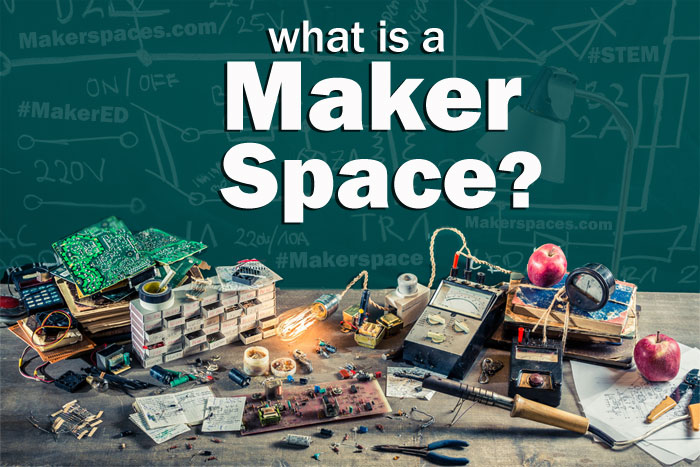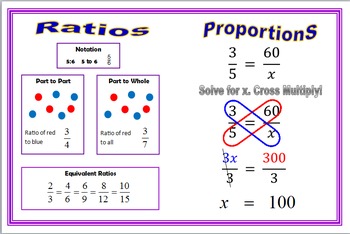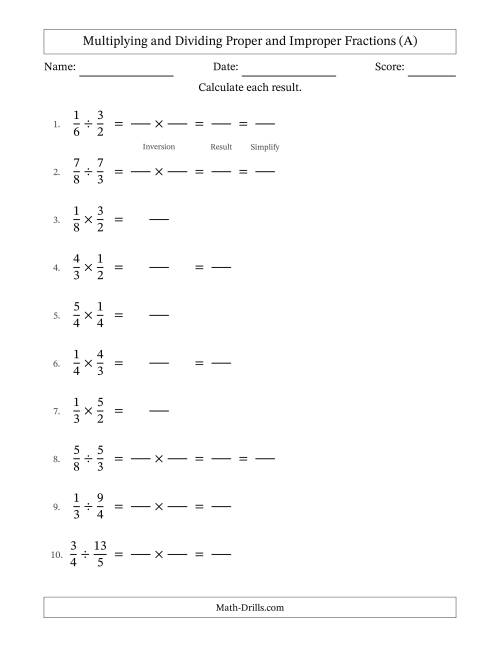

- My action worksheets.
After my activity, we moved onto the lesson and talked about some of the big ideas for this topic. The lesson focused on, collection and organization of data, data relationships and probability. After some brief review and discussion, we moved through a couple of activities to apply the concepts and practice the use of manipulative's in probability. Following the activities, we reviewed the concepts of mean, median and mode and how they relate to interpreting data and probability. Finishing the lesson, we looked at some games and literature that we could draw on to gain ideas of how to teach and differentiate within the classroom.
Moving to week 11, it was really interesting. We did the makerspace program and got to go into a very open ended session where our creativity and math knowledge were tested. The point of makerspace is to show how useful and beneficial tools and technology can be when try to teach and differentiate math curriculum. The first station that my group and I went to was the 'construction station'. We had popsicle sticks and glue guns and had to think how to relate it to the Ontatrio math curriculum. We came up with the idea of area and perimeter (geometry and measurement) and how you'd need to take that into account when getting the appropriate number of tools to create what you envision. The second station we went to was a ozobots station where we had to draw lines that our little robots could follow. We said that students could relate this probability if you had the robots race or choose a line to follow when multiple were presented. Lastly, we went to the 3-D printer station and were able to make whatever we could imagine. This one was very open ended and could have been related to a number of concepts such as geometry, measurement, angles and much more.

The picture above, provides a link to the makerspace website.
Finishing the lesson, the slide show went over assessment in mathematics, going over topics such as; comprehensive assessment, assessment as/of/for learning, alternative assessment, rubrics and checklists (checkbrics), journal writing for anecdotal evidence, and how to make an appropriate reflection. All of these were very useful concepts as they relate to what we've been learning in our assessment class, but are more tailored towards math specifically.



